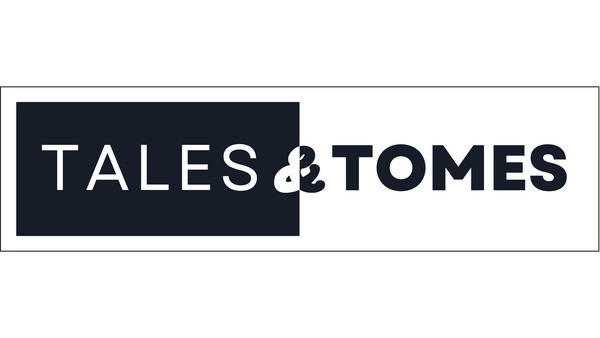History is more than just dates and facts; it's a tapestry of stories that connect us to our past, helping us understand who we are and where we come from. Traditional history textbooks often struggle to capture the imagination of young learners, leaving them disconnected from the narratives of the past. In this blog post, we explore how Amar Chitra Katha books, with their engaging storytelling and vivid illustrations, can be invaluable tools for history education, making the past come alive in classrooms and beyond.
1. Stories that Resonate:
- The Power of Narratives: Amar Chitra Katha's storytelling approach brings historical events and figures to life. By weaving facts into compelling stories, they make history engaging and relatable.
- Connecting with Emotions: These books humanize historical figures, allowing students to empathize with their struggles, achievements, and dilemmas.
2. Visual Learning:
- The Art of Understanding: History often involves visualizing places, people, and events from different eras. The vivid illustrations in Amar Chitra Katha provide visual context and enhance comprehension.
- Historical Accuracy: The artists' attention to detail ensures that historical settings, clothing, and artifacts are portrayed accurately, contributing to a more immersive learning experience.
3. Diversity of Topics:
- Comprehensive Coverage: Amar Chitra Katha covers a wide range of historical topics, including ancient civilizations, freedom fighters, rulers, and cultural heritage. This diversity allows educators to tailor their lessons to specific interests and curricular needs.
- Local and Global Perspectives: The series includes stories from around the world, offering students a broader perspective on global history.
4. Supplementing Classroom Learning:
- Interactive Learning: Teachers can use Amar Chitra Katha books as supplementary reading material to enhance classroom discussions and encourage independent research.
- Bringing History Home: These books provide a gateway for students to explore history beyond the classroom, fostering a lifelong love for the subject.
5. Encouraging Critical Thinking:
- Discussion Starters: The moral dilemmas and ethical questions posed in the stories spark classroom debates and critical thinking exercises.
- Comparative Analysis: By comparing the narratives in the books with other historical sources, students learn to evaluate multiple perspectives and sources of information.
6. Fostering Cultural Pride:
- Connecting to Heritage: Amar Chitra Katha celebrates India's rich cultural heritage and inspires students to take pride in their history and traditions.
- Cultural Understanding: For international readers, these books offer a window into Indian history and culture, promoting cross-cultural understanding.
Conclusion: Amar Chitra Katha books are not just comics; they are powerful tools for history education, breathing life into the past and connecting students with the stories of their ancestors. By harnessing the storytelling magic and visual appeal of these books, educators can transform history lessons into exciting adventures of discovery. As we explore the potential of Amar Chitra Katha in history education, we recognize the profound impact it can have on fostering a lifelong love for history and a deeper understanding of our shared human story.
